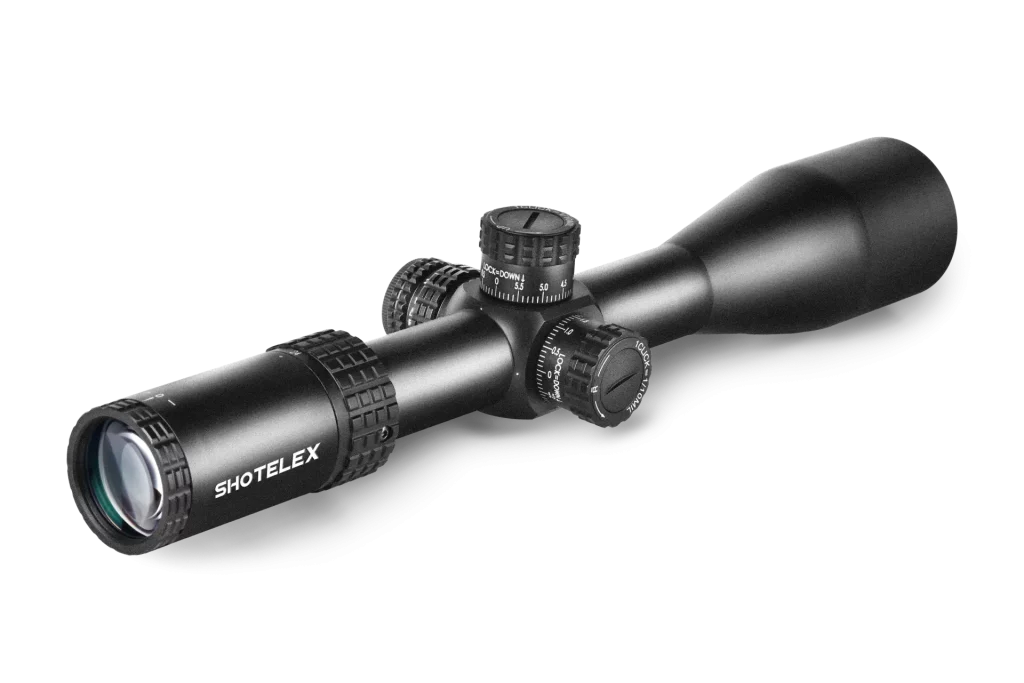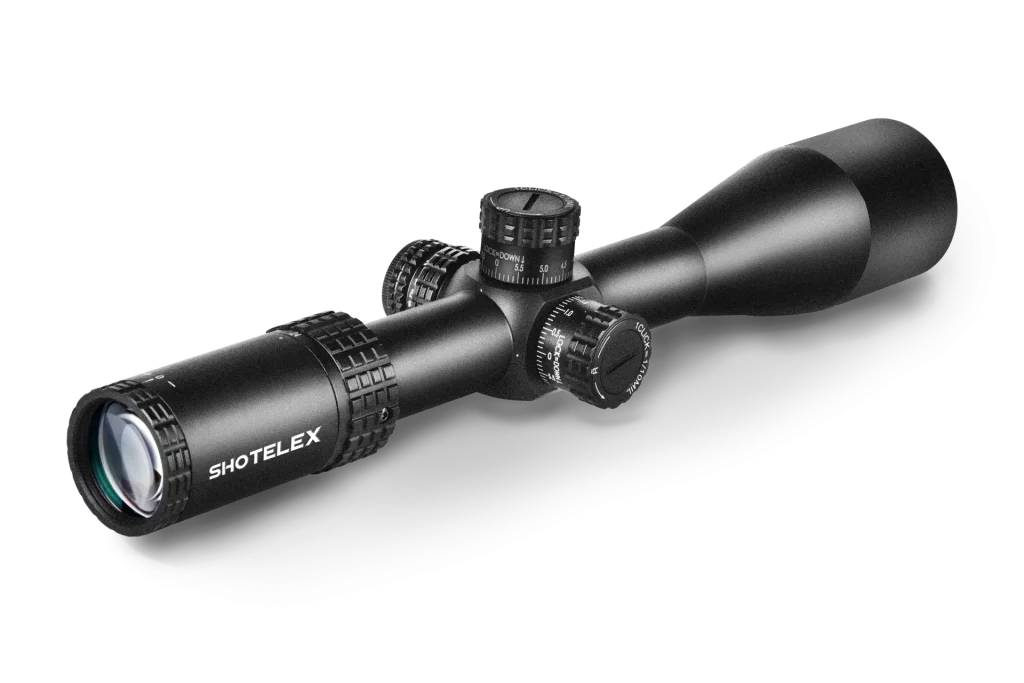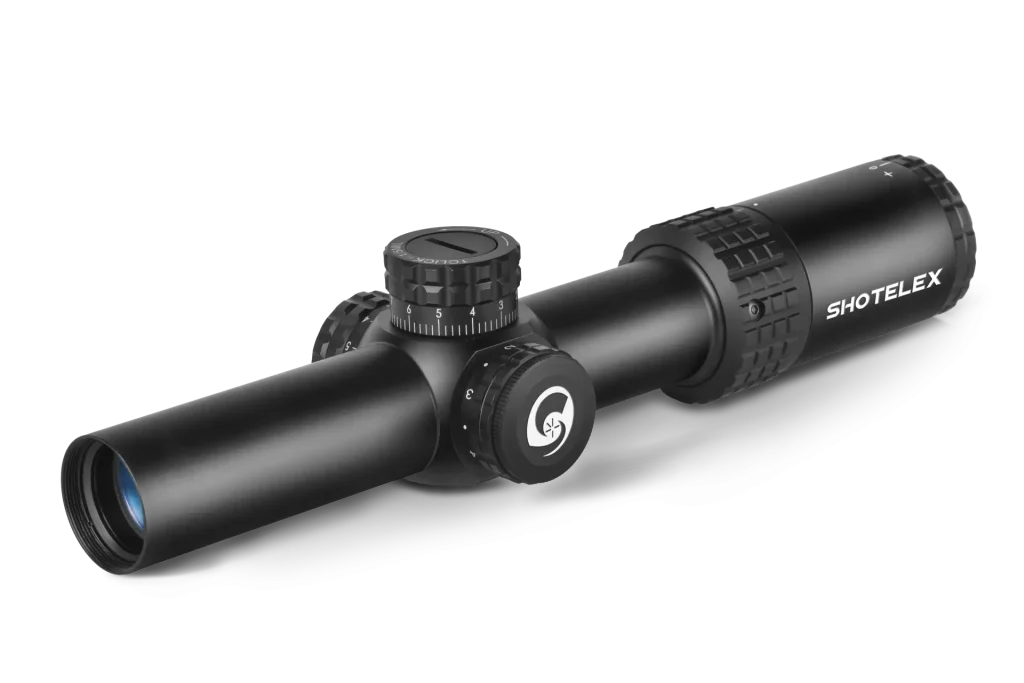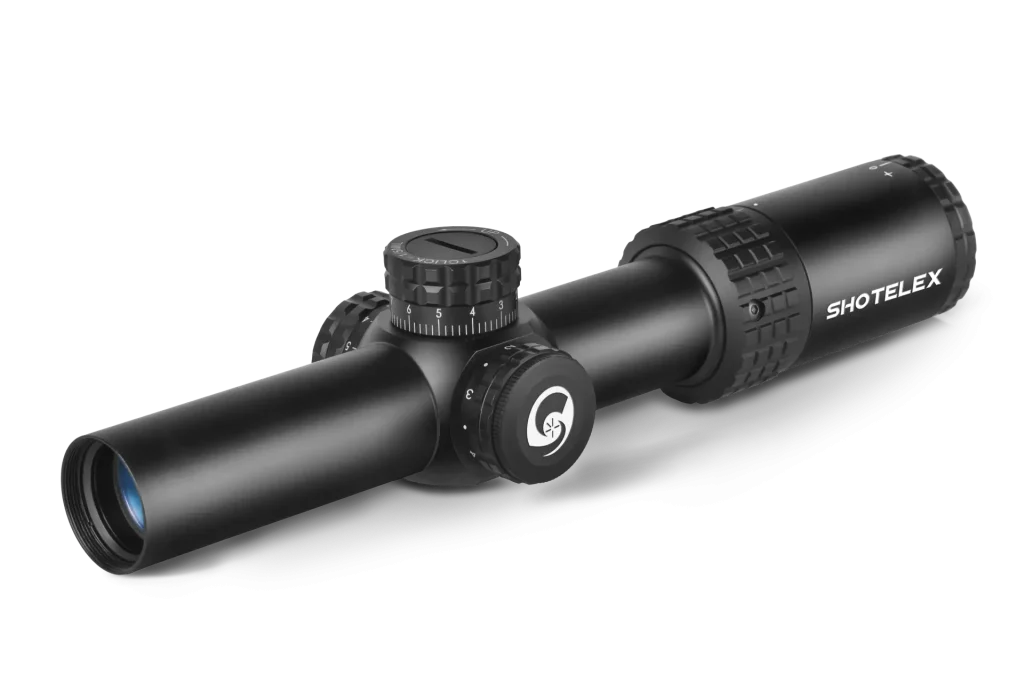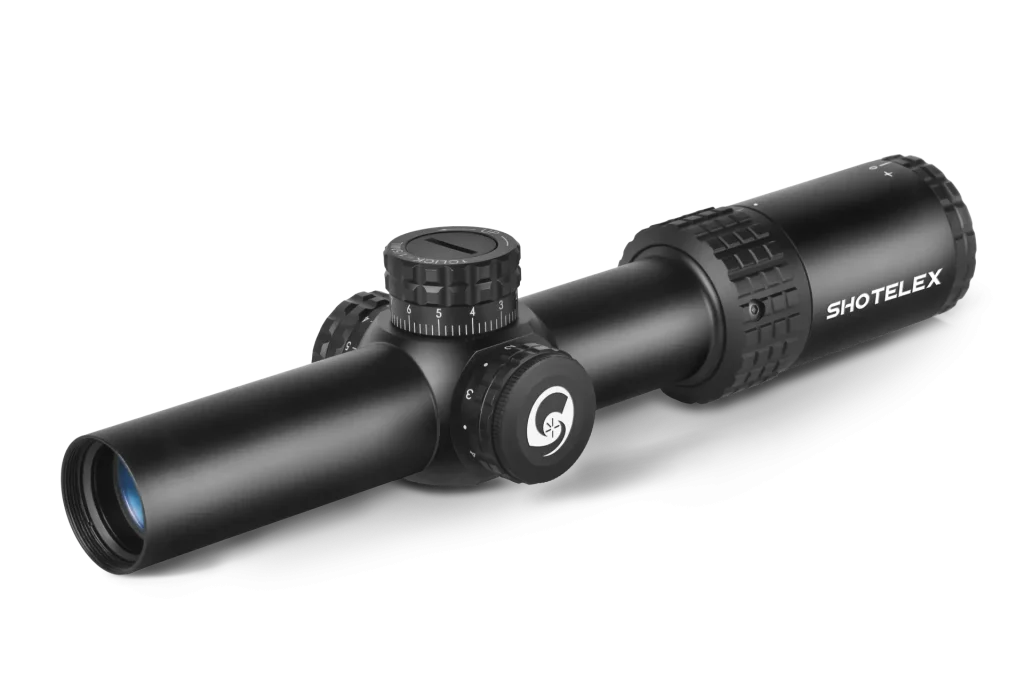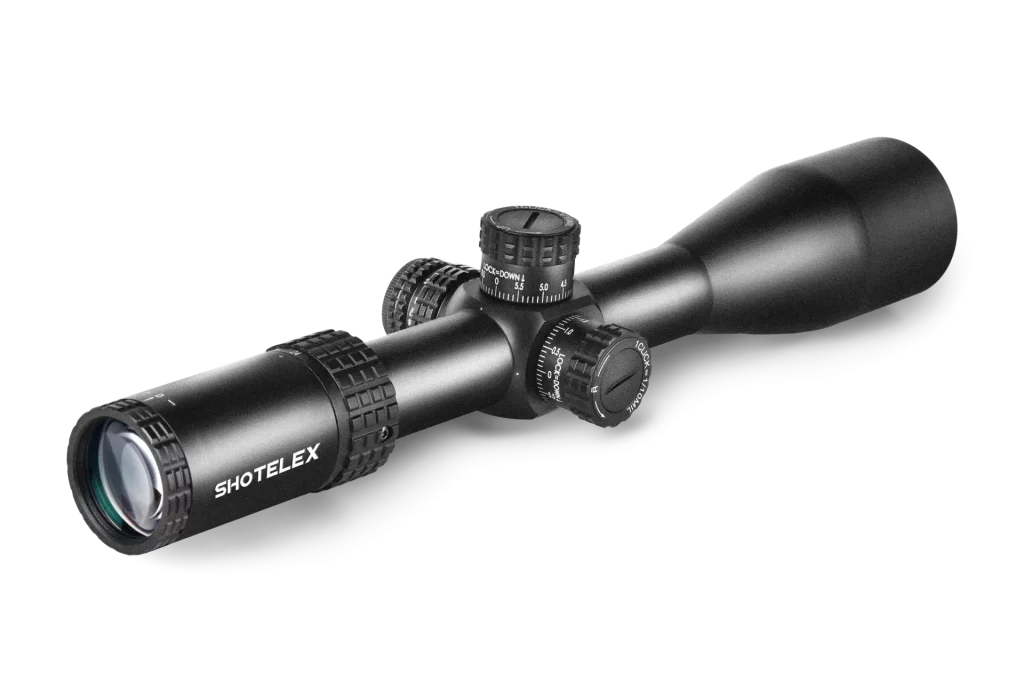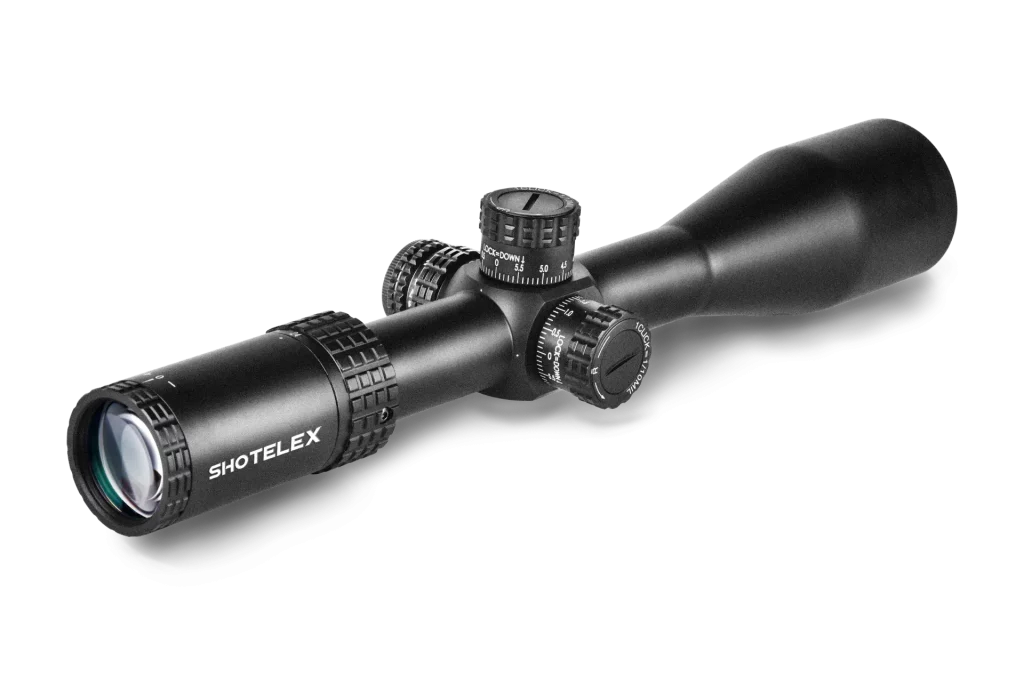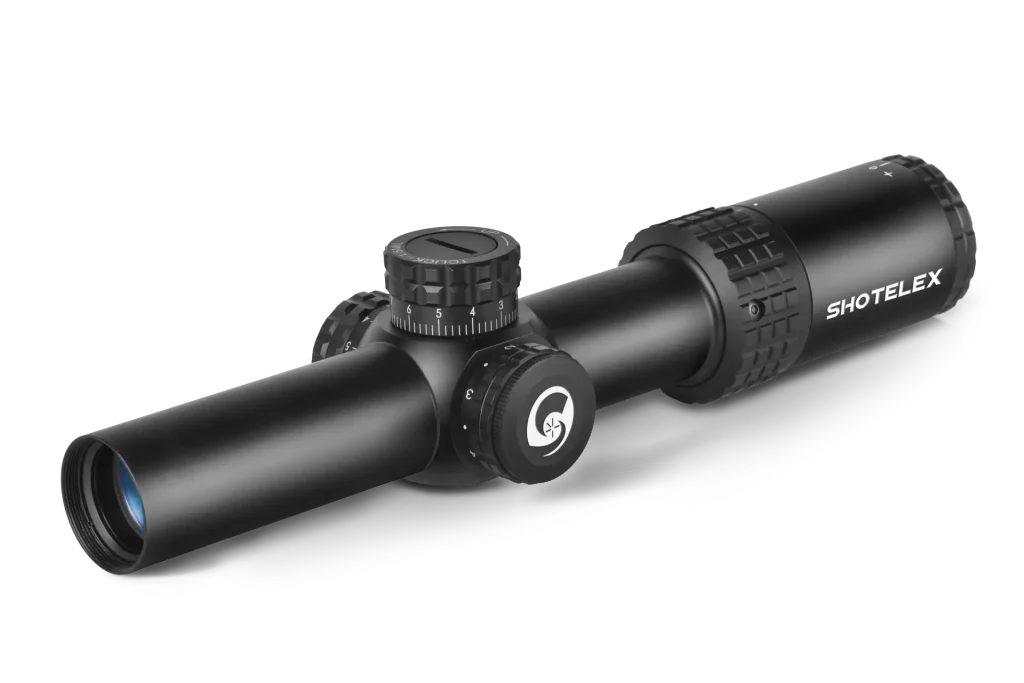[Guide] How to Measure Rifle Scope Height?
For any gun owner who wants precision shooting, learning how to measure rifle scope height is important. Not only does the scope height affect ballistic calculations and zeroing, but it also directly affects the shooting comfort. You can enhance your shooting performance if you understand how to scientifically calculate scope height.
Here today, we will take you through what scope height is, why it matters, how to measure it, and how to apply this information for better shooting performance.
Part 1. What is Rifle Scope Height?
Scope height is the vertical distance between the bore axis (the barrel’s centerline) of the rifle and the center of the rifle scope.
This is the most accurate and scientific method of taking scope height and is commonly used in ballistic calculators and shooting inputs. Having the true scope height allows your ballistic calculations to be as accurate as possible, especially at longer ranges where small inaccuracies can make a big difference.
In other cases, shooters may approximate scope height by measuring between the top of the mounting rail (or receiver) of the rifle and the center of the scope. Although faster and easier, this approach is less precise and is generally best for recreational or close shooting.
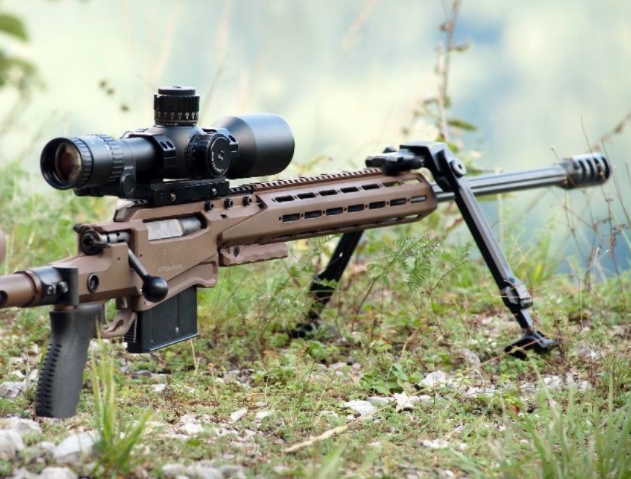
Below, we will take a closer look at the measurements.
Part 2. Why is Scope Height So Important?
Having the correct scope height might appear as a technicality, but it actually influences your shooting and results in inconsistency. This is the way scope height affects your shooting performance on important aspects of shooting.
1. Effects Point of Impact Adjustment
How high your scope is alters the geometry between your line of sight and the trajectory of your bullet. Moving your scope higher or lower changes the ballistic curve, or your point of impact at differing distances, which will be different. Not compensating for this means your zero may be off, even with a perfect shot.
2. Determines Ballistic Calculator Accuracy
Today’s shooters commonly use ballistic apps such as Strelok, Ballistics AE, or Hornady 4DOF to calculate bullet drop and wind drift. These calculators demand accurate input values, which include scope height. Getting the height value wrong can skew your entire trajectory calculation, particularly at medium to long ranges.
3. Enhances Shooting Comfort and Consistency
Proper scope height helps you achieve a natural cheek weld, the relaxed position where your cheek rests on the rifle stock. When your scope is installed too high or too low, it will place you in uncomfortable head positions, leading to discomfort, unequal eye alignment, and fatigue for the shooter during prolonged sessions.
4. Optimizes Mounting Configuration
Knowing your ideal scope height also helps in selecting the correct scope rings, mounts, or rail system. This ensures that your scope is not only at the right height for your eye but also properly aligned with your barrel, free of interference from bolt handles, handguards, or other rifle components.
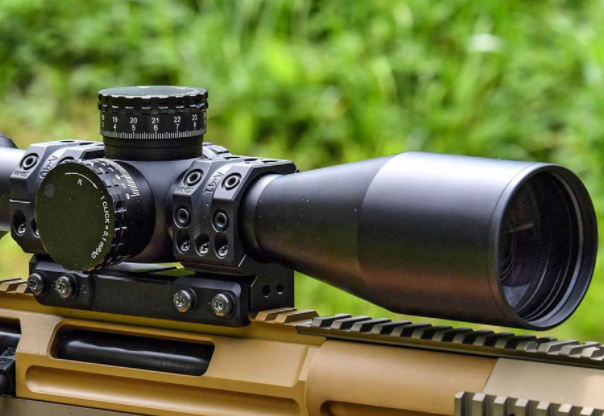
Part 3. How to Measure Rifle Scope Height?
Accurate measurement of your rifle scope height is crucial to ballistic precision, proper scope mounting, and shooting comfort. The following are two commonly applied methods, a scientific one for maximum accuracy, and a simplified method for the beginner or recreational shooter.
Method 1: Scientific Measurement (Best for Precision Shooting)
This is the most effective method to utilize for professional shooters, long-range precision shooters, and anyone using ballistic calculators. It gives the most accurate solution by computing from the barrel’s centerline to the scope’s centerline.
Tools Needed:
- Vernier caliper or digital caliper (ideally)
- Steel ruler (if no caliper as a last resort)
- Pen and paper or smartphone to take notes
- (Optional) Bubble level or laser level for confirmation of alignment
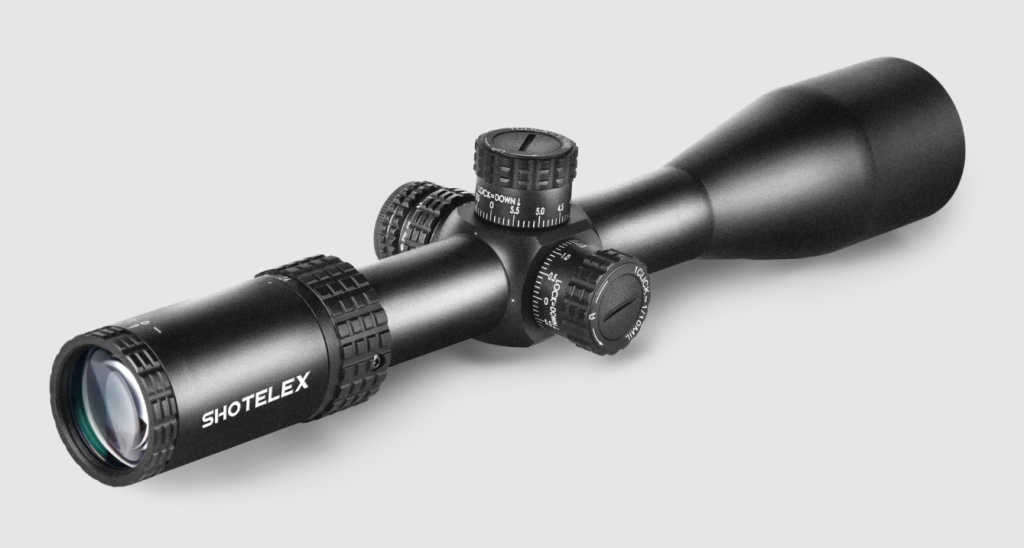
Shotelex Riflescope
Shotelex riflescopes are manufactured with high-precision CNC machining, featuring standard tube diameters (25.4mm / 30mm / 34mm) and low-tolerance mounting structures, making them ideal for shooters who require accurate scope height measurements.
Step-by-Step Instructions:
1. Measure the Distance from Rail to Bottom of Scope
Measure the vertical height from the top of the scope rail (Picatinny, Weaver, etc.) to the bottom of the scope tube.
This distance reflects the height of your scope mount/rings.
Example: Mount height = 10 mm
2. Add Half of the Scope Tube Diameter
Based on your scope diameter:
- 25.4 mm scope → add 12.7 mm
- 30 mm scope → add 15 mm
- 34 mm scope → add 17 mm
Example: Mount height (10 mm) + Half scope diameter (15 mm) = 25 mm
3. Final Estimate
Estimated Scope Height=Mount Height+(Scope Diameter/2)
This gives you a good approximation, accurate enough for recreational shooting, hunting, or basic zeroing.
| Method | Accuracy | Suitable For | Tools Needed |
| Scientific | High | Long-range, ballistic calculations | Caliper, ruler |
| Simplified | Moderate | Hunting, casual shooting | Ruler, scope size info |
By knowing your scope height, you’ll be able to feed accurate data into ballistic apps, mount your optics properly, and enjoy a more ergonomic shooting experience.
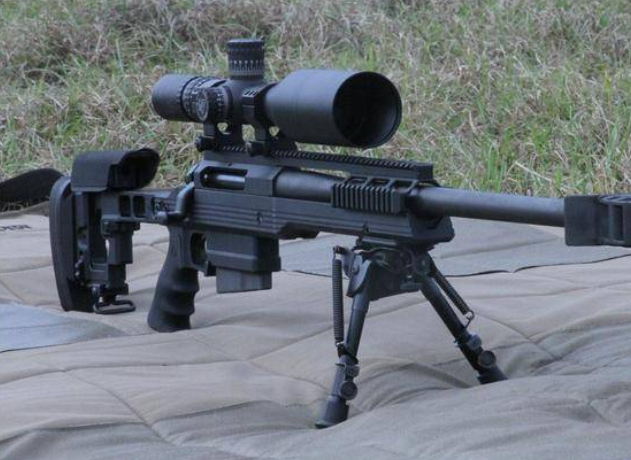
Part 4. How to Use the Measured Scope Height?
Once you’ve accurately measured your scope height, this seemingly harmless number is now the powerhouse to improve your shooting accuracy, comfort, and equipment configuration. Here’s how to make the most of it:
1. Input It into Your Ballistic Calculator
Ballistic calculators like Strelok Pro, Ballistics AE, Hornady 4DOF, or Applied Ballistics require accurate scope height as one of the critical inputs.
Why it matters: Scope elevation determines how much vertically your line of sight is from the bullet trajectory. Even a small difference (e.g., 5 mm) will move your expected point of impact, especially at longer ranges.
Tip: Enter the precise number (e.g., 1.30 inches or 33 mm) and not a guess. Precision here means better shot placement.
2. Change Your Shooting Posture & Cheek Weld
If you know your scope height, you can figure out whether your eye alignment with the optic is normal. When it’s too high or too low:
- You’re tilting or neck-lifting to see through the scope.
- That creates inconsistent sight pictures, neck fatigue, or shifting point of impact due to inconsistent hold.
What to do:
- Refer to the scope height information to select an equivalent cheek rest or adjustable stock.
- Make sure your cheek weld provides for rapid, consistent target acquisition.
3. Utilize It When Choosing Scope Rings or Mounts
Scope height is a function of the mounting system height (rings, one-piece mounts, or rail risers). When purchasing or replacing gear:
- Use your established measured height to prevent wasteful trial and error.
- Compare various mounting systems to keep or adjust your existing height for enhanced comfort or clearance.
Example: If your existing height is 1.30 inches and you think it’s too high, you can opt for medium-height rings instead of highs.
4. Save It for Future Scope Swaps or Rifle Builds
Once you’ve established your ideal scope height, record and bookmark that figure. It’ll be your reference when:
- Swapping to a new optic (with a different tube diameter or objective lens size)
- Building a new rifle configuration
- Comparing ring heights across manufacturers
Having a reference saves time, eliminates guessing, and guarantees shooting consistency across platforms.
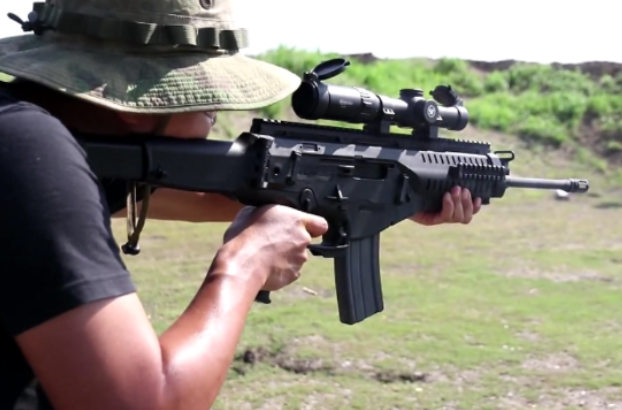
Part 5. Common Mistakes When Measure Rifle Scope Height
When mounting and sighting in your rifle scope, minor errors can result in poor ballistic information or cramp-inducing shooting positions. Most shooters accidentally fall into familiar pitfalls that decrease measurement accuracy or make future adjustments more difficult. Knowing these pitfalls and proper practices will ensure that your setup is both accurate and repeatable.
Here’s the information organized into a clear table format:
| Common Mistakes | Correct Practices |
| Mount/Ring Height Omitted | Many fail to include height due to scope rings or mounts. Always record the exact ring height prior to mounting or consult manufacturer data. This avoids surprises for scope center height and allows for consistent zeroing. |
| Dependence on Visual Estimation | Measuring distances by eye can lead to huge errors. Use accurate measuring instruments like calipers or steel rules instead. Accurate measurements are the basis for ballistic calculations and scope mounting procedures. |
| Considering Only Rail Height | Certain shooters incorrectly calculate scope height taking only rail or mount height into consideration. The correct reference is the barrel centerline because this is the actual bore axis, so your ballistic data will match your rifle’s true geometry. |
| Ignoring Scope Tube Diameter Variation | Scopes have different tube diameters, usually 25.4 mm (1 inch), 30 mm, or 34 mm. Not checking and not incorporating this diameter into your calculations leads to improper scope center height and therefore erroneous ballistic data. |
Part 6. Extra Tips for Measuring Rifle Scope Height
For others who desire more accuracy and convenience when mounting and measuring scopes, adopting some new tools and techniques can be invaluable. These suggestions enhance accuracy, improve repeatability, and facilitate maintenance or scope upgrade.
Photograph Your Installation Setup
Snap sharp photos of your rifle with the attached scope from multiple angles: height, ring style, and scope location. You’ll have a priceless visual history to refer to later, when re-mounting the same scope, comparing setups, or to identify line-of-sight issues. Photographic records avoid guesswork and save time reassembling.
Use a Laser Level or Bubble Level to Align
A square-point and vertically scope mount is necessary for accurate shooting. Mount your scope straight with no tilt or cant using a bubble level or laser level.
Misalignment can create parallax error and unstable bullet impact points, especially at longer ranges. Leveling the scope in the setup yields maximum optical performance and precision.
Invest in Professional Scope Height Measurement Tools
If you do frequent installing or refringing optics, it is well worth purchasing specialized measuring tools. These tools will typically combine digital calipers with adjustable stands or fixtures designed to measure the height of a scope quickly and precisely.
These tools not only make for more precise measurements, but also make the task easier, saving your time and minimizing human error.
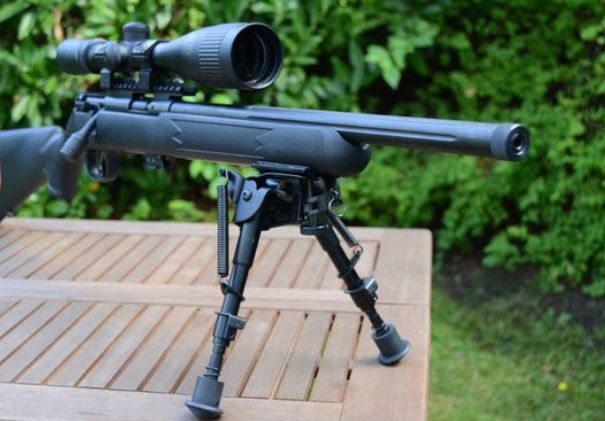
Final Thoughts
Correct measurement of your scope height is not just the start of improved shooting performance, but it also helps you to install, set up, and use your rifle scope better. A good scope with standard measurements, a sturdy build, and individual markings will make it all easier and much more effective.
If you need a professional but simple-to-measure range, as a professional riflescope manufacturer, Shotelex is definitely a reliable one.

